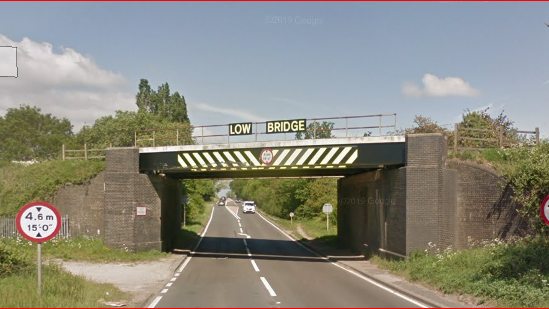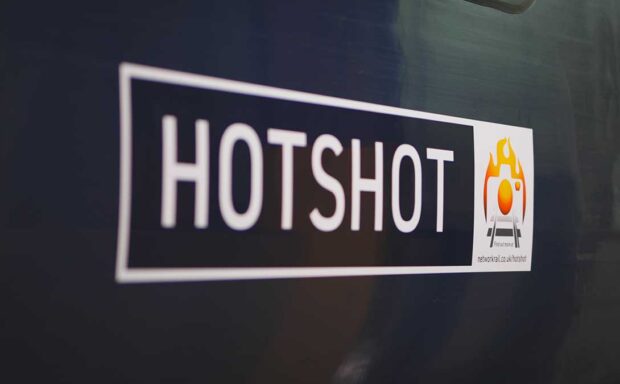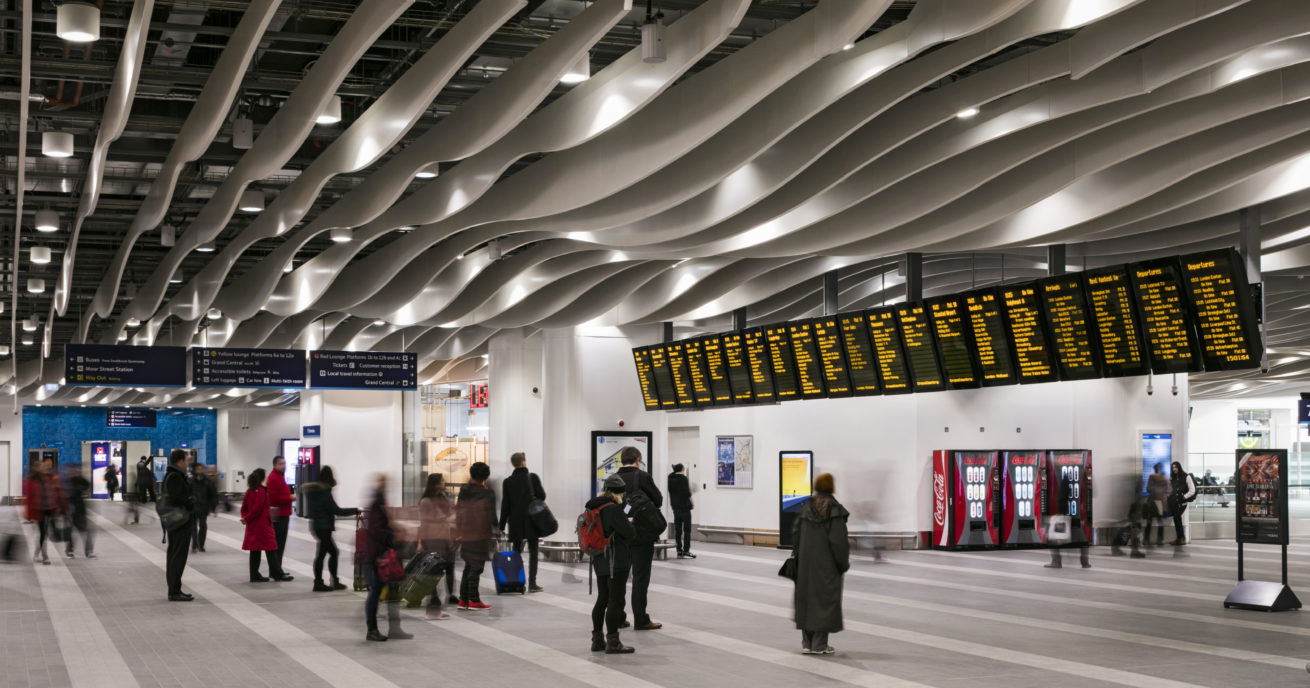We’re working hard to improve the railway in the Bristol area to give you better journeys.
Our Bristol Rail Regeneration project will mean better services and connectivity. We’re providing this by installing new track, signals and an extra railway line.
Removing a bottleneck in Bristol is an important part of this work. We’re improving a junction to help trains move in and out of Bristol Temple Meads more easily.
Read our spotlight on the Bristol area
What exactly is a bottleneck on the railway and how do we get rid of one?
It’s a constraint in the infrastructure that limits the number of trains able to pass through an area. For example, the number of tracks or the capacity of the signalling or power supply systems, which limit the number of trains the area can accommodate.
We identify a bottleneck as a section of railway where it would be possible to run more services if we resolved the problem.
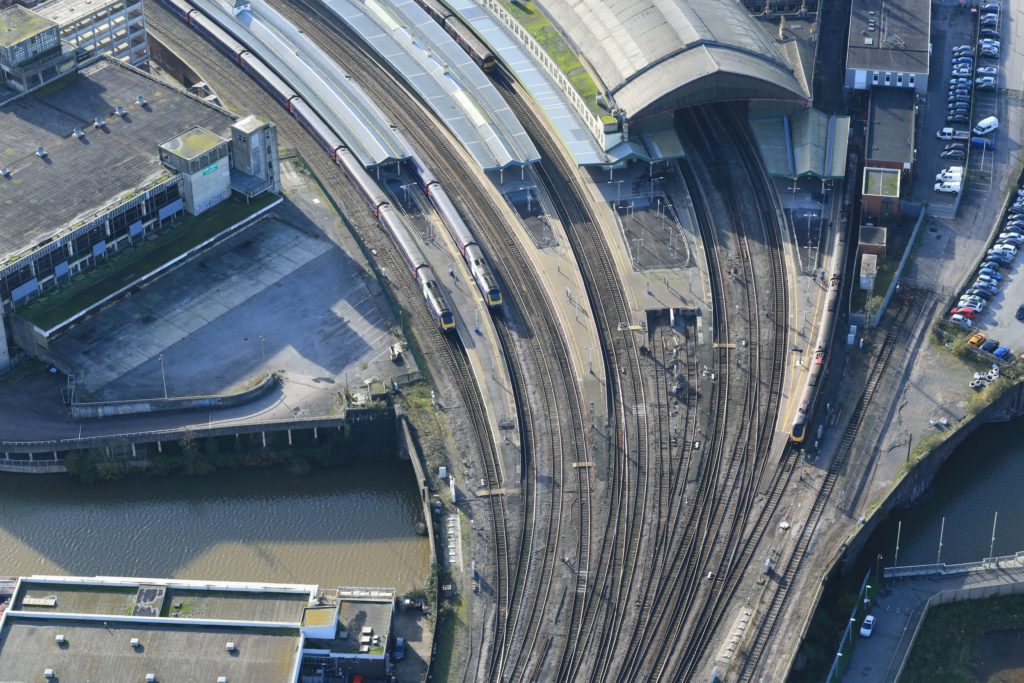
In normal times, the railway is very busy across Britain. Does that mean there are bottlenecks everywhere?
It’s all about supply and demand. We only identify a bottleneck where there is a desire to run more trains than currently possible. That means there are no bottlenecks on quieter routes where there is less demand for passenger and freight services.
A significant number of services, particularly during peak times, are usually overcrowded. This is because we can’t fit any more trains on the normal timetable because the current track layout, signalling system and station platforms are already at capacity.
Why do we have bottlenecks in the first place?
Britain’s railway was mostly built during Victorian times. The existing infrastructure was simply not designed for the number of trains and people who typically use it today.
How do we decide which bottlenecks to remove?
We remove a bottleneck when we have exhausted all other options to improve services.
The rail industry is always looking at the long-term needs of the railway. This planning involves detailed analysis that forecasts future passenger and freight usage by region. It’s based on factors such as population and economic growth, employment, and government environmental and transport policy.
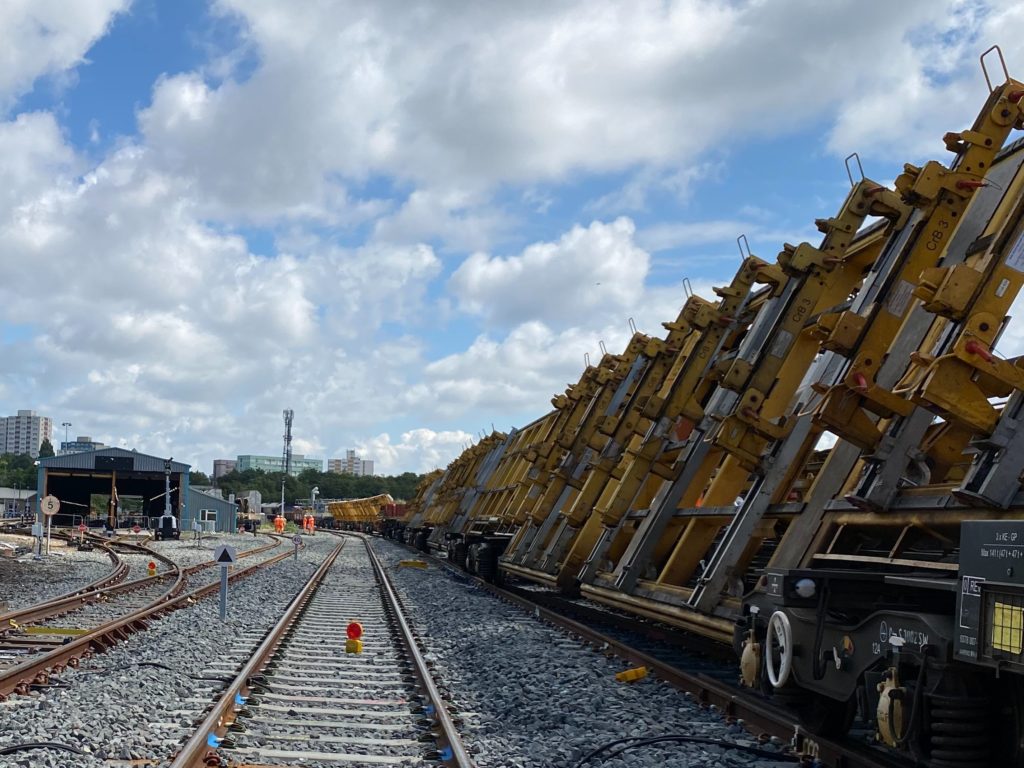
We develop options to provide more capacity when forecasts show we need to. Where possible, we propose longer trains and timetable changes because they’re often quicker and more cost-effective than construction. When this isn’t possible, we propose bigger infrastructure-based solutions to unblock a bottleneck.
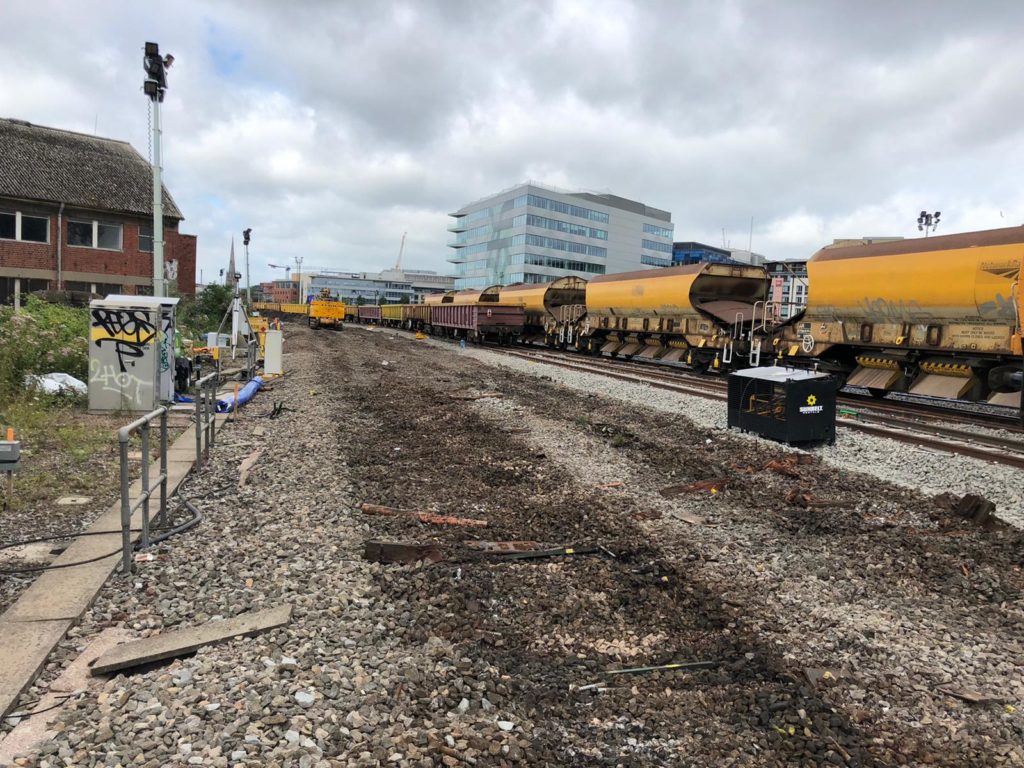
What are the main things we take into account when redesigning a section of railway like this?
The aim is two-fold – we must come up with a design that enables more trains while also reducing delays to passengers.
The design must also be safe and high-quality and minimise disruption during construction. We need to have decided how to reduce the impact on passengers, communities and the environment before we can start work.
Infrastructure solutions also need to offer value for money to the funder. We produce a business case that includes anticipated value for money, which we calculate by comparing the total cost with the benefits.
